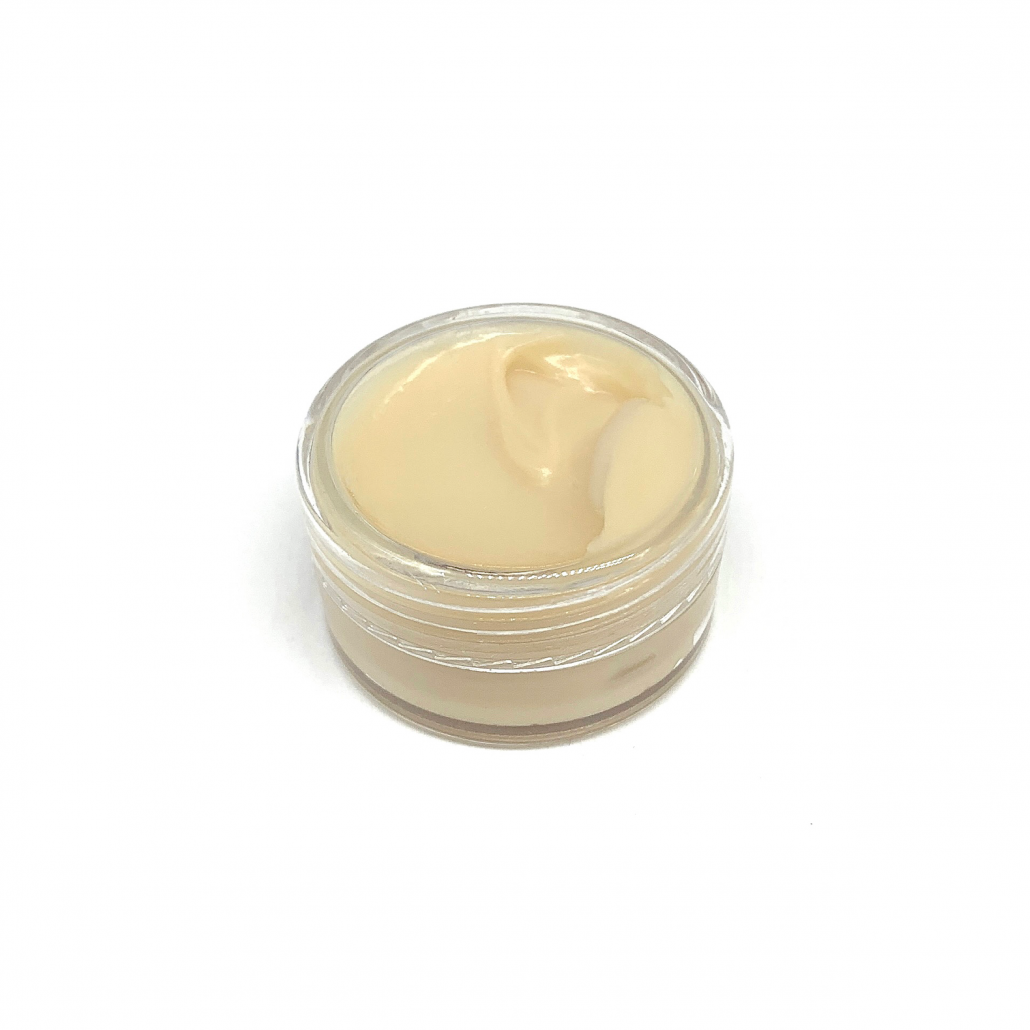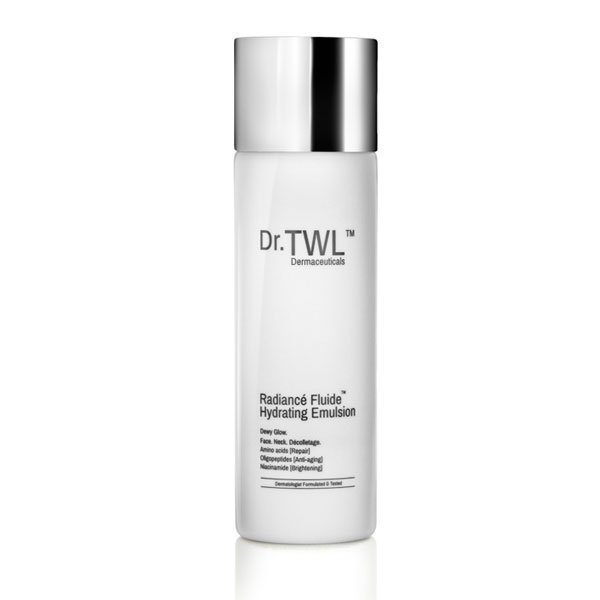Dark Spot Treatment
with Niacinamide

Dark spots can occur as a result of acne, sun damage or a rash. Hyperpigmentation is a common skin complaint that manifests in dark patches on the skin and can be difficult to treat effectively, so what can you do about them? In this article, we will go through the benefits of the ingredient niacinamide, and discuss the mechanism behind how it helps to fade dark spots and pigmentation.
What causes Hyperpigmentation?
When your body excessively produces melanin (a natural pigment that gives your skin it’s colour), hyperpigmentation may arise. The 3 main types of hyperpigmentation include:
Melasma
Melasma is a chronic and persistent type of pigmentation disorder that causes brown or dark grey spots to appear primarily on the face. This may be due to defective melanocytes, which are cells that secrete melanin, therefore producing too much colour. The main triggers include hormonal changes during pregnancy and sun exposure.
Sunspots
These are flat areas of skin discolouration which are usually brown. In fact, anyone can get sunspots, but they’re more often associated with people with fair skin and those over the age of 40. They also appear on body parts most exposed to the sun whereby the UV radiation causes melanocytes to multiply.
Post-Inflammatory Hyperpigmentation
This form of pigmentation refers to the discolouration of the skin following an inflammatory wound, most commonly shown as dark spots left behind after pimples heal.
What is Niacinamide?
Niacinamide is a water-soluble, amide isotope of the vitamin B3 family which can be used as a key ingredient in cosmetic products. In our body, it acts as a catalyst for several molecular reactions. To illustrate, it can convert into various coenzymes essential for metabolism, mainly nicotinamide adenine dinucleotide (NAD) and nicotinamide adenine dinucleotide phosphate (NADP).
Benefits of Niacinamide:
Oxidative Stress
Firstly, in research studies, niacinamide also demonstrates the suppression of the incidence of actinic keratoses to ease the effects of photo-damage. Specifically, it has the ability to hinder immunosuppression and prevent oxidative stress caused by UV radiation.
Moisture Retention
Furthermore, niacinamide also helps the skin to build a ceramide lipid barrier which will aid in retaining moisture. In fact, a lack in ceramides would increase the vulnerability and sensitivity of the skin to environmental damage including sunlight.
What does Niacinamide do for the skin?
“2% niacinamide cream has been shown to be effective in blocking important pathways in the development of hyperpigmentation – in particular, the physiological processes that occur as a result of oxidative stress and UV exposures,” accredited dermatologist, Dr. Teo Wan Lin.
Niacinamide shows to be an effective and safe therapeutic alternative in hyperpigmentation treatment – not only does it reduce dark spots and inflammation, it can also reduce solar degenerative changes. Furthermore, niacinamide is a precursor of enzyme cofactors NAD and NADP, which are involved in reactions that promote the fading of dark spots. To illustrate, the mechanism occurs when melanosome transfer from melanocytes to keratinocytes (skin cells) is suppressed by niacinamide.
In addition, N-acetyl glucosamine (NAG), which is present in our tissues, functions as a precursor for hyaluronic acid which aids in the structure and hydration of the extracellular matrix in joints and skin. Additionally, it reduces melanin secretion by inhibiting the activation of an enzyme which is required to form melanin. In short, incorporating niacinamide and NAG into dermatological moisturiser formulations has the ability to lower hyperpigmentations.

This 2% Niacinamide prescriptive cream is custom compounded by Dr.TWL Pharmacy as an effective cream for dark spot lightening. If you are searching for a dark spot corrector to remove your skin pigmentation, niacinamide is a proven active ingredient that can help to treat dark eye circles, sun spots, melasma, acne scars with minimal skin irritation.
Are there any side effects for Niacinamide usage?
Niacinamide application on the skin is mostly safe, especially in ideal concentrations of 1-2%. However, in some circumstances it may cause minor side effects. For instance, mild burning, itching or redness. However, people with pre-existing allergies may experience allergic symptoms as well, since niacinamide causes your body to release histamine.
A Dermatologist-Formulated Niacinamide Product

The Radiancé FluideTM Hydrating Emulsion includes contains Niacinamide for skin brightening, specially formulated for a light-weight feel to impart a radiant glow made for repair, anti-ageing and brightening effects.
© 2021 TWL Specialist Skin and Laser Centre
References
Forbat E, Niaimi F, Ali FR. Use of nicotinamide in dermatology. Clinical and Experimental Dermatology. 2017;42:137–144. doi:10.1111/ced.13021.
Kimball AB, Kaczvinsky JR, Li J, Robinson LR, Matts PJ, Berge CA, Miyamoto K, Bissett DL. Reduction in the appearance of facial hyperpigmentation after use of moisturizers with a combination of topical niacinamide and N-acetyl glucosamine: results of a randomized, double-blind, vehicle-controlled trial. British Journal of Dermatology. 2010;162(1):435-441.
Rolfe HM. A review of nicotinamide: treatment of skin diseases and potential side effects. Journal of Cosmetic Dermatology. 2014;13:324-328.
with Niacinamide










Leave a Reply
Want to join the discussion?Feel free to contribute!